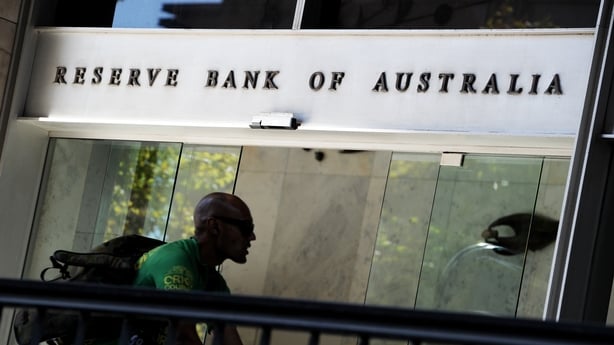Australia's economic growth was better than expected in the first quarter with the annual pace speeding to its fastest in over three years.
This upbeat result all but assures the central bank will be on hold at its policy meeting next week.
Today's official data showed Australia's gross domestic product grew 1.1% in the three months to March, accelerating from an upwardly revised 0.7% and well above the median forecast of 0.8%.
That pushed the annual growth rate to 3.1% - a pace not seen since late 2012 - from a downwardly revised 2.9%, keeping the economy well on track to meet the Reserve Bank of Australia's (RBA) forecast of 2.5-3.5% by June.
While the growth - driven by exports of iron ore, coal and liquefied natural gas - is good news for policymakers, questions about the sustainability of strong trade cloud the growth outlook for the rest of the year.
Economists said that all of the growth came from trade as the third phase of the mining boom kicks in as projects start exporting.
That leaves Australia's future growth potential at the mercy of offshore demand, particularly that of China, its single biggest export market.
Australia's shipments of iron ore - the country's top export earner - to China remained surprisingly robust in the first four months of the year, defying fears of a collapse in demand.
Iron ore exports from Australia's Port Hedland - the world's largest iron ore terminal and used by mining giant BHP Billiton - have been about 30 million tonnes per month on average this year, little changed from the 2015 monthly average.
While China's manufacturing sector expanded for the third month in a row in May, factory orders have softened, suggesting the world's second-largest economy is struggling to regain traction.
For now though, the GDP data means the RBA can focus on how inflation develops before deciding on its next move.

Last month, the RBA reduced its cash rate to a record low 1.75% last month due to alarmingly low inflation even though it maintained its growth forecasts. The RBA next meets on June 7.
Australia has not seen a recession in around 25 years and its run of growth is the envy of other rich nations including the US, which last week reported annualised growth of 0.8% in the first quarter.

